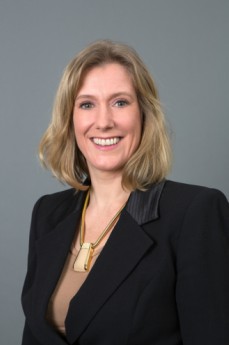We want our trade-cost analysis (TCA) and now.
Thats the chant of many buy-siders and the sell-side and vendor community is responding, tailoring their TCA offerings to do more to empower the institutional trader. This increased focus on trading analytics, best execution and compliance has turned TCA from an optional static feature to an essential dynamic component of buy-side equity trading desks.
In a recent report, TDO Usage on Equity Desks, from market consultancy Greenwich Associates, the firm noted that the implementation of MiFID II and proposed SEC-enhanced order transparency rules will fuel new demand for top-notch TCA capabilities in the months ahead.

Eighty six percent of the 102 buy-side trading desks participating in a recent global Greenwich Associates study have adopted TCA, which they use to document best execution, understand trading performance, optimize routing, and compare against their peers. That share reflects four years of steady growth, which appears set to continue and even accelerate in the rest of 2018 and beyond. Thats good news for TCA vendors like ITG, Bloomberg and Abel Noser Solutions – the leading TCA vendors
Furthermore, nine out of 10 buy-side trading desks now use a third-party TCA tool, compared to less than three-quarters in 2014. The uptick in the use of third-party systems reflects both the growing importance of TCA to institutional investors and the growing complexity of TCA processes which are tailored to a specific desks workflow.
Due in large part to that complexity, vendors who capture the business of new TCA users are well positioned to maintain that business for the long term.
With TCA systems deeply embedded into the workflow of trading desks, and investments in customization and training already made, it creates a high degree of friction for trading desks to switch to a new system, said Richard Johnson, Vice President of Market Structure and Technology at Greenwich Associates and author of the report.
In a recent interview with Traders Magazines editor John DAntona Jr, Petra Wikstrm, Global Head of FX Execution & Alpha Solutions, BNP Paribas said that her buy-side constituents are definitely more interested in TCA now than ever.
TCA is such a broad topic addressing execution performance, and is specifically applied as a tool to comply with regulatory transparency requirements Wikstrom began. MiFID II has been a core driver for the employment of TCA across the industry today. So, from a regulatory perspective, naturally, TCA lends itself as a tool to help demonstrate best execution across financial securities, for both the buy and sell side.
She said that particularly in Europe, her firm has seen the regulatory transparency requirements contribute to an acceleration of the preexisting trend of increased automation and electronification, because TCA really demands an audit trail of execution. To be able to measure it, brokers like BNP Paribas need to know the time frame, the timing of the trade, the duration of the trade, and the more we have systems and technology in place to store databases, the more rigorous a TCA process we can do. So, increased electronic trading and automation lends itself well to build that audit trail.

The adoption of TCA is indeed global. The buy-side firms that have a global presence need TCA so they can measure performance consistently across time zones and trading centers. They adopt TCA across the board, across geographies, Wikstrom continued. Also, the continued, increased demand for transparency from the end-client on their managers puts focus on TCA globally.




